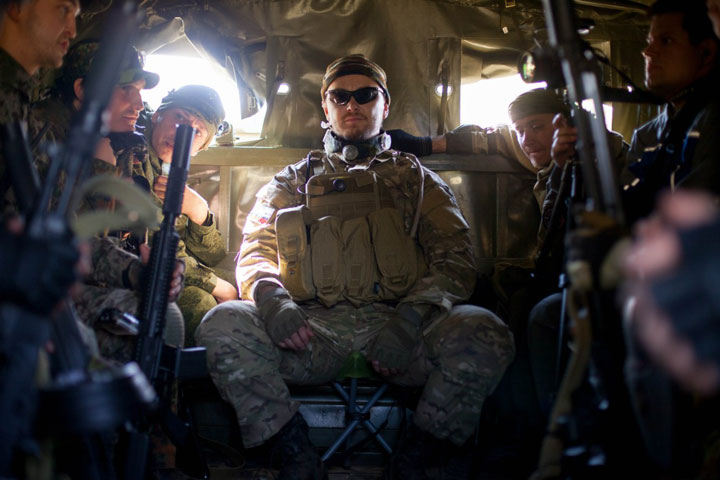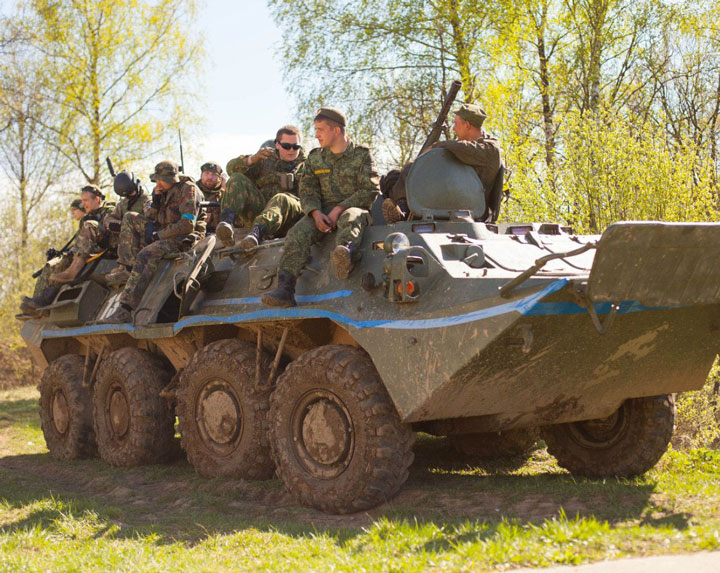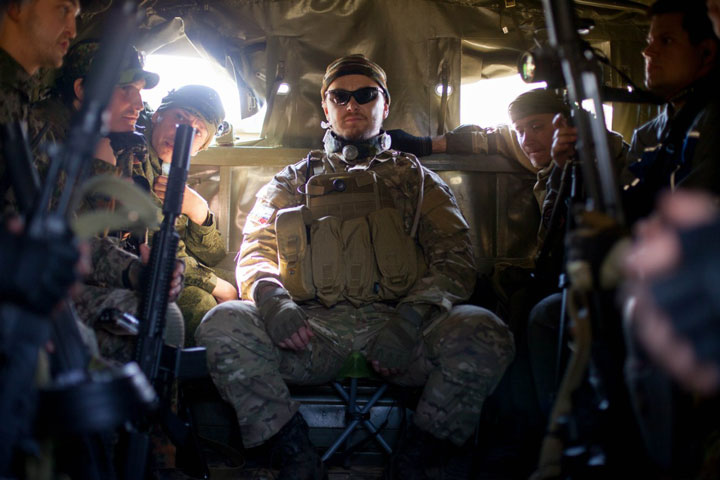Play at pleasure, talk by measure
History
Originally “cosplay” (a contraction of the words “costume play”), is a performance art in which participants called cosplayers wear costumes and accessories to represent a well-known character. The participants of a cosplay reconstruct the images taken as a basis in every detail, paying special attention to the slightest peculiarities of the costume, make up, accessories. At present the meaning of the term is being leveled, it is getting closer in meaning to the word “role play”. This notion is known to many MMORPG players, where every team member fulfills a special function. And why has this term come to be used in laser tag? Why do players use it as something offensive? How do tournament games, scenario games and mislim games coexist together nowadays? LASERWAR Company is going to answer these questions and share its opinion of the events taking place nowadays.
Tournament laser tag
It should be noted that initially laser tag was planned to become a sports game, and it means that like any other sports laser tag has its own ways to find out who is the best player or the best team. Standard scenarios for winnings back like checkpoint seizure, death-match, flag seizure and others add a lot to the competitive atmosphere. The crucial factors to win are physical endurance and fast reaction of the players. In team competitions payers undergo physical exertion, besides they have to endure considerable psychological pressure. At present laser tag has acquired all the features of extreme sports: to win in a team tournament the team needs to possess great solidarity, its own game strategy and masterly tactical skills of conducting a laser tag battle, every player should be capable of a momentary reaction and should possess extremely high physical endurance, attainable only in the process of regular training.
The term “cybersports” appeared in the USA at the end of the previous century. It denoted a gaming process combining both gamers’ physical exertion and equipment functionality in order to achieve a definite gaming result. It may be said that competitive laser tag is a result-oriented process. So why do new substantial scenarios, where playing your role is the most important issue, appear in the frame of this competitive game?

Scenario games
There are quite a lot of reasons for the appearance of so many scenarios. Scenario games are much more profound, than competitive games. Every player uses the common basis only: laser tag equipment, location and a common set of rules. But in fact every player plays his own game. So naturally every personage has his own goals and objectives, depending on the role: the participant may choose his own route, task and the way to fulfill it. In scenario games great attention is paid to communication and interaction of players. If a participant is eager to try the role of an adventurous stalker, he may join other participants (or create a group) to resist the attacks of robbers or hired ruffians. In competitive games the number of participants is limited to 10-16 people, but in grand-scale games the number of people is unlimited, all depends upon the scenario being played. In general, role-playing may be characterized as a kind of a performance, where a personage is not just a set of characteristics, abilities and skills, but a personality with a personal story and individual habits. That is why real historical events, facts and plots of famous films are used to achieve “full immersion” into the atmosphere. As far as one role is being played by several people in the frame of the same scenario, sooner or later these people form a kind of a community of like-minded people, who work out the rules of effective behaviour for the player to use during the game. These rules are supposed to lead the player to the victory. All above-mentioned factors develop both physical strength and fantasy, raise education level, help people to orientate in unfamiliar situations.
Practically all scenarios, tested on battlefields, cause heated discussions, concerning, for example, the behaviour of certain personages, the general concept of the match. But all these discussions and arguments lead to the same thing – scenario games gain more and more popularity, all game stories become more balanced and worked out in every detail. All this helps you to immerse deeper into the imaginary world, where new adventures, acquaintances, hot battles and good friends are waiting for you.
Military simulation
Still if the profoundness of scenario games does not bring you satisfaction, there is one more variety of match – military simulation.
The objective of “Milsim” games is to create the maximum feeling of reality of the events taking place around you: a strictly limited ammo, the last grenade in the grenade pouch, the enemy, creeping towards your trench, “wounded” comrades, whom you should carry off the battlefield.
Milsim events are most often a reconstruction of a real armed conflict. Reconstruction in milsim events aims to provide the most accurate representation of uniform, accoutrements, equipment, attributes and behaviour of the participants.
In military simulations every mistake costs much more. In every situation you will have to make hard decisions. While playing the game every fighter at least once asked himself the question: “Would I rush to the attack like I did today had I real cartridges?” As soon as this question has been asked the movement from a usual scenario to a military simulation starts immediately. It should be noted that in games of this kind range, rate of fire, ammunition, tager capacity are close to the parameters of real weapons.
Of course, milsims have their limits. Very few of us would cover a distance of a thousand kilometers, knowing that task fulfillment may be finished in 15 minutes after the game start. No one can feel secured against a “stray” IR-impulse at the very beginning of the event. That is why there are some variants of milsim adaptation, to be more precise it is a kind of integration of this game into laser tag scenarios. After that, as many participants notice, you acquire worked out tactics, careful planning of actions and demand to play in extreme conditions, and yet desire “to be, but not to seem” a special squad soldier or a reconnaissance man. And it is already a different game.

Conventional borders
So that the reader did not get the false assumption that tournament competitive laser tag and military simulation are different things, we are going to give a short explanation. Borders between these two notions are rather conventional: there are roles in tournaments as well as in milsims. For example, there is a rusher (a player, moving very quickly towards the enemy, his objective is to seizure, to destroy or to liberate). Or there is a storm trooper, who is able to give covering fire to his group, to cause a great deal of damage to the opposing team.
And there is always competitive atmosphere in scenario games: every participant wants to fulfill the task quicker than other players, to save more money or to get information about the location of some valuable article.
Military simulation can boast everything: scenario, roles, realism and ability to be adapted to a gaming process.
Some of us shout for “Barcelona”, and some shout for “Bavaria”, but all of us love excellent football. In case with laser tag it is important to see the difference between its varieties, but there is no need to distinguish them properly. Laser tag is something that unites us, it is what makes sense, it is what makes us live and breathe in our leisure time. That is why when you decide to call someone scornfully “a cosplayer” on the Net, think that it may be an offense to the feelings of your friends, your companions and even to yourself. Be cultured and tolerant. See you at battlefields!


